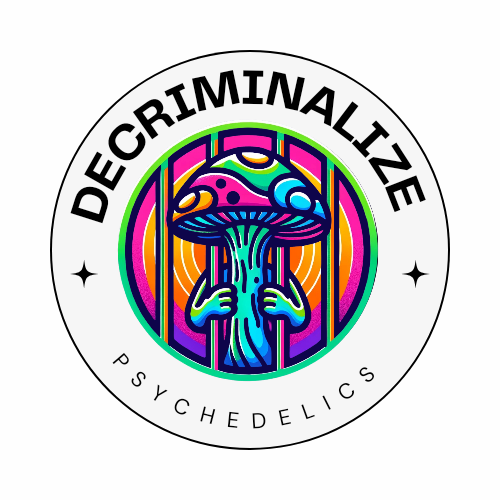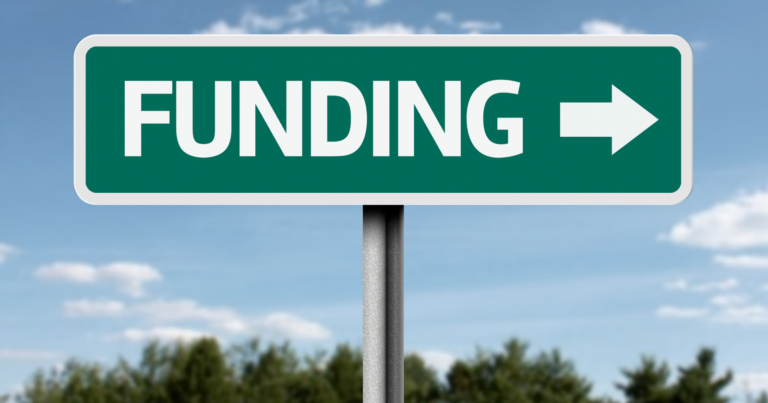Government regulations affect psychedelic drug research big time.
And these rules aren’t just a formality.
They’re critical roadblocks or stepping stones, depending on how you look at it.
There’s a lot to regulations, but let’s begin with 9.
Read on to learn about the government regulations shaping the landscape of psychedelic drug research.
1) The Controlled Substances Act
Psychedelic drug research is like trying to navigate a labyrinth, and the first major hurdle that researchers face is the Controlled Substances Act.
This piece of legislation, passed in 1970, is a bit like the gatekeeper of the labyrinth.
It categorizes drugs into different “schedules,” based on their potential for abuse and their accepted medical use.
Psychedelic drugs such as LSD, psilocybin (magic mushrooms), and MDMA (ecstasy) are all categorized as Schedule I drugs.
It means they’re considered to have a high potential for abuse and no accepted medical use.
This scheduling severely restricts the ability of researchers to access and study these substances.
But here’s the kicker:
Without research, it’s hard to demonstrate an accepted medical use – which means these drugs remain stuck in Schedule I.
It’s a catch-22 that has hampered psychedelic research for decades.
2) Food and Drug Administration (FDA) approval
The next barrier in our journey through the psychedelic drug research maze is getting approval from the FDA.
I can tell you from personal experience how challenging this can be.
When I was involved in a study that aimed to explore the therapeutic potential of psilocybin for depression, we faced significant hurdles right from the start.
The FDA approval process for clinical trials is rigorous and rightly so; it’s designed to ensure patient safety. But when it comes to substances like psilocybin, the scrutiny is even more intense.
In our case, we faced a long and difficult journey to secure approval.
The application was filled with endless forms and supporting documentation, each requiring painstaking attention to detail.
And even after submitting the paperwork, the waiting game began.
Months turned into years, and still, we waited for that elusive green light. Ultimately, we did receive approval, but it was a testament to the patience and perseverance of our team.
This experience taught me first-hand how these regulations can slow down even the most promising research in psychedelic therapy.
3) United Nations’ Conventions
While we often focus on domestic laws, international policy plays a significant role in psychedelic research too.
The United Nations’ drug control conventions that have had a profound impact worldwide.
In 1971, the UN Convention on Psychotropic Substances was adopted.
This international treaty not only categorized psychedelics such as LSD, psilocybin, and mescaline into its most restrictive category but also required its member states to adopt similar domestic laws.
The treaty was ratified by 183 countries.
This means nearly every country in the world has similar restrictions on psychedelic substances.
This global agreement creates a universal hurdle for researchers around the world, limiting the scope and collaboration opportunities in psychedelic research.
4) Drug Enforcement Administration (DEA) Licensing
Let’s talk about the DEA.
If you’re planning on conducting psychedelic drug research, you’re going to get familiar with this agency real quick.
That’s because the DEA is responsible for enforcing the controlled substances laws and regulations in the U.S.
This includes granting licenses for drug research.
Getting a DEA license for researching Schedule I substances is no walk in the park.
It involves an extensive application process, including a thorough background check and an inspection of your research facilities.
The DEA has to ensure that you have sufficient security measures in place to prevent theft or misuse of controlled substances.
This often means investing heavily in security infrastructure, adding another layer of complexity and cost to psychedelic drug research.
5) Ethical Review Boards
Now, let’s delve into the realm of ethics.
Conducting research on psychedelic substances isn’t just about securing government permissions, it also involves navigating the stringent requirements of ethical review boards.
These boards, often tied to universities or hospitals, are responsible for ensuring that any proposed research meets high ethical standards and safeguards the rights and wellbeing of participants.
While these boards play a crucial role in maintaining the integrity of research, their cautious approach can present challenges.
For example, they may demand additional safeguards due to the perceived risks associated with psychedelic substances.
This can result in longer approval times and additional costs for researchers, adding yet another layer of complexity to the already intricate process of psychedelic drug research.
6) Public Perception and Stigma
While it’s not a regulation in the traditional sense, public perception and the stigma associated with psychedelic substances is a significant barrier to research.
It’s a hurdle that’s close to my heart, as I’ve seen how it can hinder progress.
Despite their potential therapeutic benefits, psychedelic drugs have long been associated with counterculture movements and recreational misuse.
These associations have fueled misconceptions and fears about these substances.
This stigma can discourage funders and institutions from supporting psychedelic research, fearing backlash or damage to their reputation.
It can even discourage participants from taking part in studies.
Changing this perception is no easy task.
It requires education, transparency, and most importantly, empathy.
It’s a heartfelt reminder that sometimes, the biggest barriers to progress aren’t laws or regulations, but our own preconceptions and biases.
7) Funding Challenges
When it comes to psychedelic research, the elephant in the room is often funding.
Conducting this type of research is expensive, and securing sufficient funding can be a daunting task.
I remember my team and I spending countless hours writing grant proposals, reaching out to potential sponsors, and even considering crowdfunding.
There were moments when it felt like we were spending more time fundraising than actually conducting research.
The challenges are twofold.
First, traditional funding sources like government grants are often scarce for Schedule I substances.
Second, private sponsors may be hesitant due to the aforementioned stigma or regulatory hurdles.
This can create a significant bottleneck in the progress of psychedelic research.
It’s a reminder that in the pursuit of scientific advancement, passion and dedication alone are often not enough.
8) Intellectual Property Rights
Now, let’s talk about something a little less obvious but equally important – intellectual property rights.
In the world of drug development, patents can be a game-changer.
Patents provide exclusive rights to sell a new drug for a certain period, typically 20 years.
This exclusivity allows companies to recoup their investment in drug development.
But many psychedelic substances are naturally occurring and have been known for centuries.
This makes it challenging to secure patents, reducing the potential return on investment for companies.
This lack of financial incentive can deter pharmaceutical companies from investing in psychedelic research, slowing down the overall progress in this field.
9) The Rescheduling Process
At the heart of the maze of psychedelic drug research, lies the rescheduling process.
If there’s one thing you should know, it’s this.
Rescheduling a drug from Schedule I to a less restrictive category requires substantial evidence of its medical benefits and safety.
Gathering this evidence involves conducting extensive, high-quality research – the very thing that current regulations make so challenging.
It’s a complex and lengthy process involving multiple federal agencies, and it’s arguably one of the toughest obstacles in the field of psychedelic research.
Despite these hurdles, progress is being made.
And with each step forward, we edge closer to unlocking the full therapeutic potential of these fascinating substances.
The Regulatory Tightrope
The labyrinth of psychedelic drug research is woven with more than just scientific complexities.
It’s entwined with a dense web of government regulations, each presenting its unique set of challenges and opportunities.
But, perhaps, at the core of this intricate web, lies the most profound paradox.
The very regulations that restrict psychedelic research are also the gatekeepers to its potential.
These compounds, once relegated to the fringes of counterculture and recreational misuse, are now emerging as potential game-changers in mental health therapy.
Securing a future where these substances can be fully explored and harnessed for therapeutic benefits requires not just changes in policy, but shifts in perception and understanding.
It’s a delicate tightrope to walk.
But each step forward, however small, brings us closer to unraveling the mysteries these substances hold.
It’s a journey that’s as fascinating as it is formidable.
A journey that must continue – for science, for healing, and for our collective understanding of the human mind.











